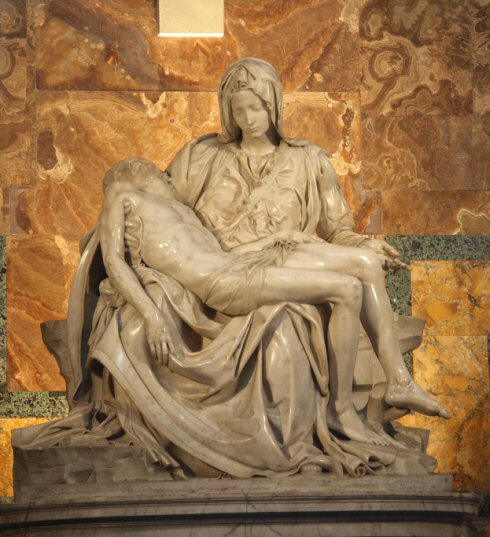by Edna Landau
Dear Edna (wise sage of the management world):
I was hoping you could give me a little insight into manager best practices. It increasingly feels like orchestras want to deal solely with big management. The more I look at the season lineups, the more it seems they look to only one or two management firms to populate their seasons. As an independent manager trying to make waves for my artists, how does one break through the wall? —I Just Can’t Get Through
Dear Edna:
I have worked with various rather prestigious organizations in the music field but am relatively new to artist management. Throughout those years, I gained access to a broad range of programming contacts and I’ve done well to maintain those relationships. However, North America is a large territory. The League of American Orchestras indicates that there are about 1,800 orchestras in the U.S., about 400 of which are professional orchestras. Add to this chamber music series, performing arts centers, ensembles, opera companies, festivals, etc., and it’s a lot, to say the least. Obviously, having a targeted strategy is crucial for making headway but how can an artist’s representative get through to organizations and programmers where she has no established contact? —Indie Artist Rep
Dear I Just Can’t Get Through and Indie Artist Rep:
There are very few questions that are more difficult to answer than the one you have posed. This is because the artist management business is a very personal one and each case is different. In the commercial world, if one spends a significant amount of money on mounting a well-planned advertising campaign for a product that is likely to appeal to a targeted market, there is a reasonable chance that such a product will break through and establish a place for itself among competitive brands. In the world of the arts, decisions are made by conductors and presenters who often already know whom they want to present and if they are willing to make room for new talent, they may depend on favorable reports from people they respect and be influenced by a “buzz” that may have already built up in the media.
You may find this shocking but the size of the management attempting to secure a booking for an as-yet-unknown artist will not in and of itself be a determining factor in a successful outcome. What it is really all about is strategy. The work begins long before the e-mail is sent or the phone call is made. You must be able to answer the following questions satisfactorily:
1) Why should presenter X be interested in this particular artist? (The answer might revolve around recent major career recognition for the artist or some unusual repertoire they are offering.)
2) Does Presenter X normally present this type/level of artist?
3) Is there enough going on in this artist’s career at the present time to help the presenter sell tickets?
4) Who might be willing to speak to Presenter X about this artist in advance of my approaching him? Or, alternatively, who can Presenter X call (whose opinion he will trust) to verify what you are saying in your sales pitch?
5) What added value might the artist you are proposing bring to the presenter and his series (for example, educational activities at no additional charge)?
Once you have addressed these issues and have identified a realistic target list of presenters, you are ready to make your pitch. (Don’t be daunted by the number of presenters cited by the League. Many will be irrelevant to your specific project.) There is no denying that it is difficult to get people on the phone if they don’t know you. If someone you and they know can alert them in advance that you will be calling, that will undoubtedly help. If not, send them a concise, substantive and compelling e-mail, indicating that you will follow up by phone and are hoping that they will give you just five minutes of their time. If in your e-mail you make an impassioned case for the uniqueness of the artist in question and support it with suggestions of people to speak to, you stand a chance of capturing their attention. If you are able to see them in person (promising in advance not to take more than fifteen minutes of their time), your chances are even more greatly enhanced.
A manager colleague of mine whom I hold in high regard, Marianne Sciolino, is relatively new to the business (six years). When I asked her recently how she has succeeded in breaking through, she offered some very sensible advice:
Make sure you present your artists in an impressive way, including excellent photographs.
Use every opportunity to network. People you know can introduce you to others you don’t know. Every time you travel for any reason, try to meet presenters in that area. If they know you are visiting for a limited time, they will be more inclined to try and see you.
When you leave a message on someone’s phone, speak in a pleasant, low-key way that makes you sound like someone with whom they would want to work.
And now a final word from the “wise sage of the management world”: Progress in arts management happens gradually, in very small steps. You can only assess that progress when you look back to where you were six months ago, a year ago. And there is one essential ingredient you must never lose: your excitement over working hand in hand with highly gifted artists and helping others to discover those potential great stars of tomorrow.
© Edna Landau 2011
